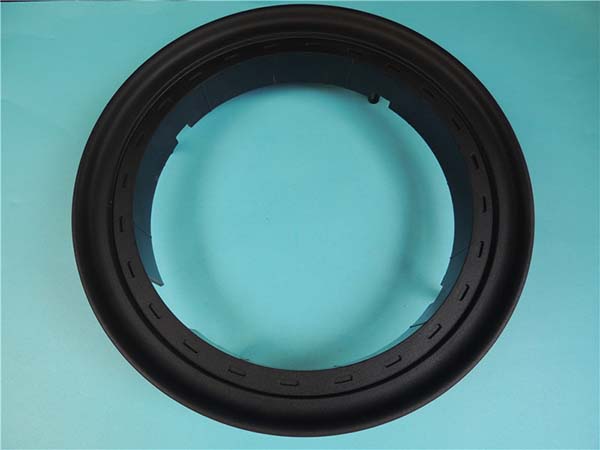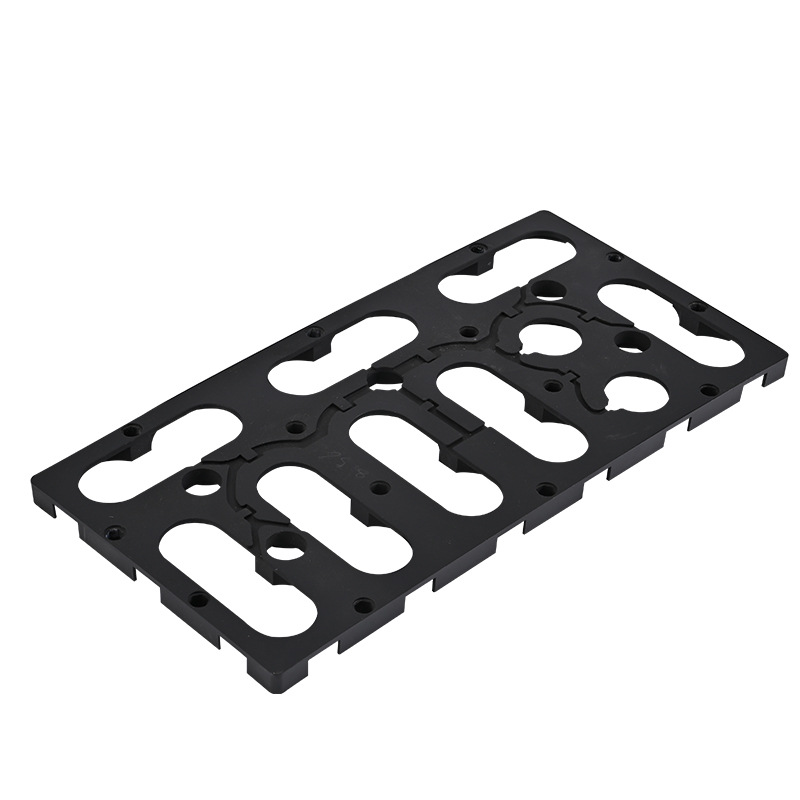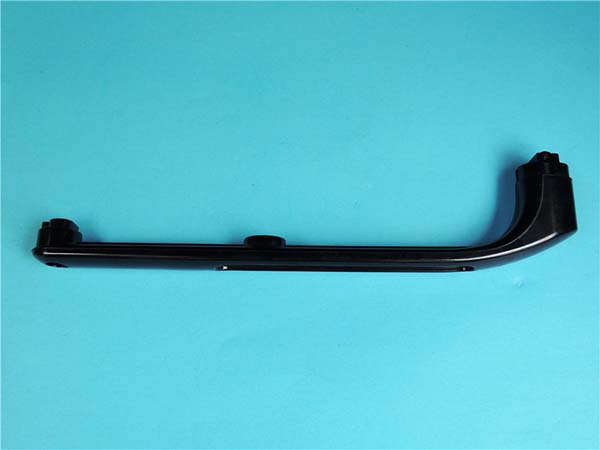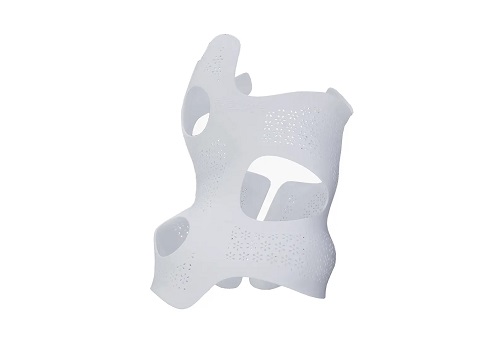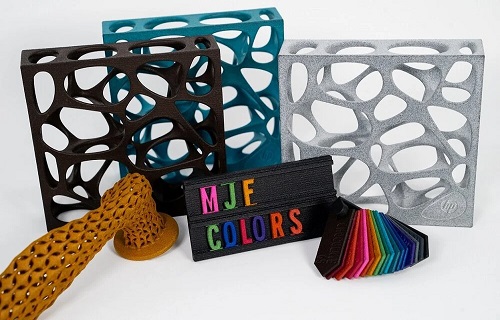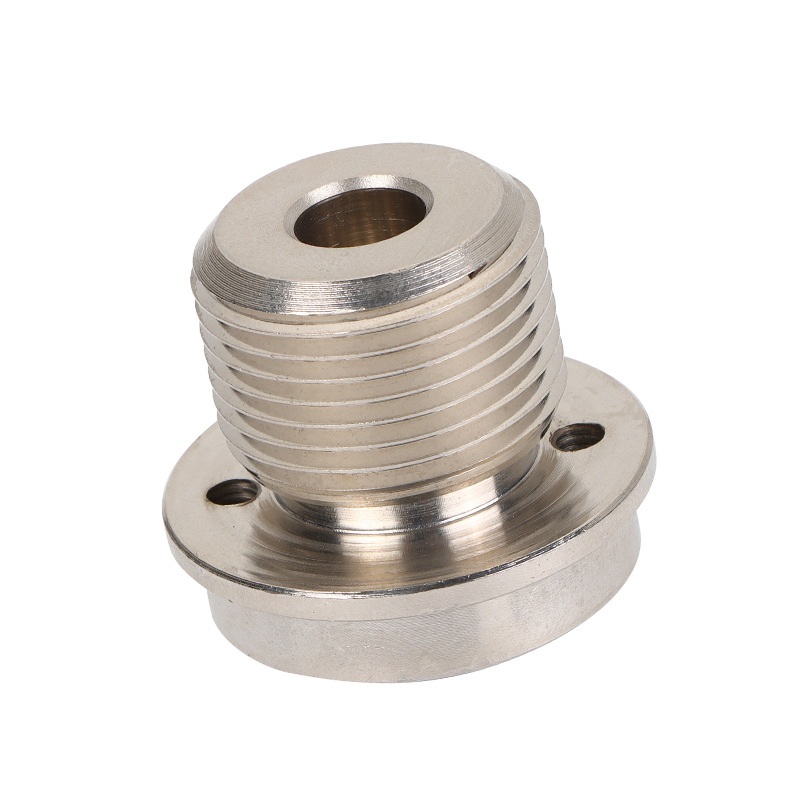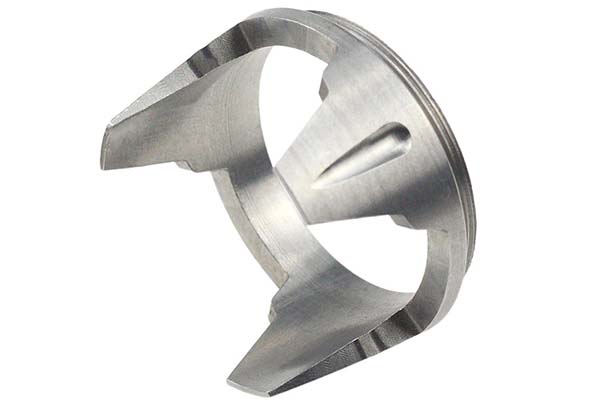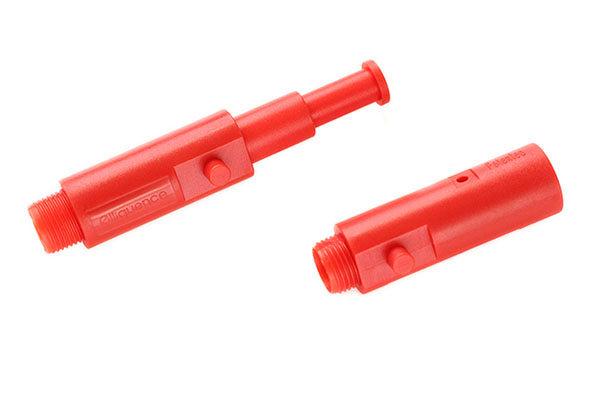What is Layer 3D Printing?
3D printing, also known as additive manufacturing, is a revolutionary technology that creates three - dimensional objects from a digital file. At its core, layer 3D printing is the fundamental process that enables this creation.
The principle of layer 3D printing is based on the concept of building an object layer by layer. First, a 3D model is created using computer - aided design (CAD) software. This digital model is then sliced into numerous thin cross - sectional layers by the 3D printer's software. For instance, if you are printing a small plastic figurine, the software might slice the model into hundreds or even thousands of layers, each as thin as a few hundred micrometers.
Once the slicing is done, the 3D printer gets to work. It starts depositing or fusing materials layer by layer according to the sliced model. Different 3D printing technologies use various methods to achieve this. In Fused Deposition Modeling (FDM), which is one of the most common 3D printing techniques, a spool of thermoplastic filament is fed into the printer's extruder. The extruder heats the filament until it melts and then extrudes it through a nozzle. The nozzle moves precisely in the X and Y axes, depositing the melted material in the shape defined by the first layer of the sliced model. As the material cools, it solidifies, forming the first layer of the object.
Then, the printer's build platform either moves down (in some printers) or the print head moves up, and the process repeats for the next layer. Each new layer bonds to the previous one, gradually building up the three - dimensional object. In Stereolithography (SLA), a vat of liquid photosensitive resin is used. An ultraviolet (UV) laser traces the shape of each layer onto the surface of the resin, curing and solidifying it. This process continues layer by layer until the entire object is formed. Another technology, Selective Laser Sintering (SLS), uses a laser to sinter powdered materials, such as plastic or metal, layer by layer.
Key Elements of Layer 3D Printing
Digital File
The digital file is the blueprint of 3D printing. Usually, it is created using CAD software. Designers can precisely define the shape, size, and internal structure of the object in CAD software. For example, in product design, a new smartphone case can be designed in CAD, with every curve, hole for ports, and logo position accurately modeled. Another way to obtain a digital file is through 3D scanning. This technology is useful for creating replicas or making modifications to existing physical objects. Archaeologists may use 3D scanning to digitize ancient artifacts, and then use the resulting digital files for 3D printing to create replicas for research or display purposes.
3D Printer
There are various types of 3D printers, each with its own characteristics and suitable application scenarios. FDM 3D printers, like the Creality Ender - 3 series, are popular among hobbyists and small - scale manufacturers. They are relatively affordable, with prices starting from around $200. These printers are easy to use and maintain, making them great for beginners. They are suitable for printing general - purpose plastic objects, such as small toys, phone cases, and simple mechanical parts.
SLA 3D printers, such as the Formlabs Form 3, are known for their high - precision printing. They can achieve layer heights as low as 25 micrometers, resulting in smooth - surfaced prints. However, they are more expensive, often costing several thousand dollars. SLA printers are mainly used in jewelry design, dental applications, and the production of high - detail prototypes, where precision is crucial.
SLS 3D printers, like the EOS P 396, can work with materials such as nylon and metal powders. They are more industrial - oriented, with high - end models costing hundreds of thousands of dollars. SLS printers are suitable for manufacturing functional parts with complex geometries, such as aerospace components and automotive parts.
Material
3D printing materials are diverse. One of the most commonly used materials is PLA (Polylactic Acid) plastic. PLA is biodegradable, which makes it an environmentally friendly choice. It has a relatively low melting point, around 180 - 220°C, making it easy to extrude in FDM printers. PLA is often used for printing decorative items, such as vases and figurines, due to its wide range of available colors and smooth finish.
ABS (Acrylonitrile Butadiene Styrene) plastic, on the other hand, is stronger and more heat - resistant than PLA. Its melting point is approximately 210 - 240°C. ABS is suitable for printing mechanical parts that need to withstand some stress, like gears and brackets. However, it gives off a pungent smell when heated, and proper ventilation is required during printing.
For metal 3D printing, materials such as titanium alloy, aluminum alloy, and stainless - steel powder are used. Titanium alloy is highly valued in the aerospace and medical industries because of its high strength - to - weight ratio and excellent biocompatibility. Aluminum alloy is lightweight and has good thermal conductivity, making it suitable for applications where weight reduction and heat dissipation are important, such as in the automotive industry. Stainless - steel powder is used to print parts that require high corrosion resistance, like some components in chemical processing equipment.
Mainstream Layer 3D Printing Technologies
There are several mainstream layer 3D printing technologies, each with its own characteristics and application scenarios.
FDM (Fused Deposition Modeling)
Working Principle: FDM is one of the most widely used 3D printing technologies. It works by heating a spool of thermoplastic filament until it melts. The melted filament is then extruded through a nozzle, and the nozzle moves in the X and Y axes according to the sliced model data. As the material cools, it solidifies, forming a layer. The process repeats as the build platform moves down or the print head moves up, gradually building the object layer by layer.
Advantages: FDM printers are relatively affordable, with some desktop models available for as low as a few hundred dollars. They are easy to use and maintain, making them popular among hobbyists and small - scale producers. FDM also offers a wide range of printable materials, such as PLA, ABS, PETG, etc. It has a high material utilization rate since most of the extruded material is used to build the object. According to market research, FDM technology accounts for about 59% of the 3D printing technology application market, which shows its popularity.
Disadvantages: The surface finish of FDM prints is often rough, with visible layer lines. The printing speed is relatively slow compared to some other technologies. The dimensional accuracy is also limited, usually with an accuracy of around ±0.1 - 0.4mm, which may not be suitable for applications that require high precision.
SLA (Stereolithigraphy Apparatus)
Working Principle: SLA uses a vat of liquid photosensitive resin. An ultraviolet (UV) laser traces the shape of each layer onto the surface of the resin. When the UV laser hits the resin, it causes a photopolymerization reaction, solidifying the resin in the traced area. After each layer is cured, the build platform moves down, and a new layer of resin is spread over the previously cured layer, and the process repeats.
Advantages: SLA is known for its high - precision printing. It can achieve very fine details and smooth surfaces, with layer heights as low as 25 micrometers. This makes it ideal for applications such as jewelry design, dental applications, and the production of high - detail prototypes. The printing speed is relatively fast for high - detail models as it cures the resin in a single exposure for each layer.
Disadvantages: The materials for SLA are more limited compared to FDM, mainly being various types of photosensitive resins. SLA printers are generally more expensive, and the post - processing of SLA prints, such as cleaning and curing, can be more complex and time - consuming.
3DP (Three Dimensional Printing and Gluing)
Working Principle: 3DP technology works by spreading a thin layer of powder, such as plaster, ceramic, or metal powder, on the build platform. Then, a print head sprays a binding agent onto the powder in the shape of the cross - section of the object's layer. The binding agent adheres the powder particles together, forming a solid layer. This process is repeated layer by layer until the entire object is formed.
Advantages: 3DP is particularly good at creating full - color models since different colored binding agents can be used. It is also relatively fast in producing large - scale objects as it does not require a lot of mechanical movement like some other technologies. It can work with a variety of powder materials, enabling the production of different types of objects, from decorative items to functional prototypes. For example, in architecture, 3DP can be used to create detailed scale models with different colors to represent different building components.
Disadvantages: The strength of 3DP - printed objects may be lower compared to some other 3D printing methods, especially for materials like plaster - based powders. The surface of the printed object may also require additional finishing to achieve a smooth texture.
SLS (Selective Laser Sintering)
Working Principle: SLS uses a high - power laser to sinter powdered materials, such as plastic, metal, or ceramic powder. The laser scans the powder bed according to the cross - sectional data of the object, melting and fusing the powder particles together to form a layer. After each layer is completed, a new layer of powder is spread, and the process continues until the object is fully formed.
Advantages: SLS can produce highly durable and functional parts. It is suitable for manufacturing complex geometries without the need for support structures in most cases, as the unsintered powder supports the part during the printing process. SLS - printed parts often have good mechanical properties, making them suitable for applications in the aerospace, automotive, and industrial sectors.
Disadvantages: SLS printers are expensive, often costing hundreds of thousands of dollars for industrial - grade models. The powder materials used in SLS can also be costly, and the post - processing may involve removing the unsintered powder, which can be a bit messy. Additionally, the printing speed can be relatively slow due to the high - energy laser scanning process.
Yigu Technology's View
As a non - standard plastic metal products custom Supplier, Yigu Technology highly values the application of 3D printing in product manufacturing. 3D printing, especially layer - by - layer 3D printing, enables the production of products with complex structures that are difficult to achieve through traditional manufacturing methods. For example, in the production of some non - standard plastic parts with intricate internal channels or irregular outer shapes, layer 3D printing can accurately create these designs, eliminating the need for complex molds and multiple - step assembly processes.
Moreover, 3D printing significantly improves the degree of customization. Yigu Technology can better meet the diverse needs of customers. Whether it's a unique design requirement from a small - scale business or a special - shaped part needed for a large - scale industrial project, 3D printing allows for quick adjustments to the digital model and rapid production, shortening the production cycle and reducing costs for custom - made products. In short, Yigu Technology believes that 3D printing is a powerful tool that will continue to drive innovation and efficiency in non - standard product manufacturing.
